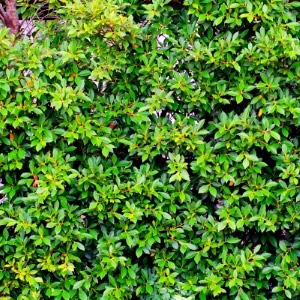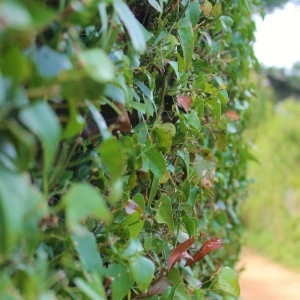Hedging – more info
Hedging is the environmentally friendly way to create boundaries, a must-have addition in any garden. Hedging is also hugely beneficial to wildlife and pollinators. Dobies hedging plants are supplied as bare-root specimens or pot-grown plants. Patience will be needed as your hedging grows to your desired height over the following years.
What is the quickest growing hedge plant?
The fastest-growing hedge plant for the UK is leylandii, which can grow up to 90cm (approximately 3ft) in a year. However, these plants require regular maintenance to stop them getting out of control. Other more manageable but fast-growing hedge plants include griselinia littoralis and prunus laurocerasus rotundifolia (Cherry Laurel).
What is the best hedge for wildlife?
Hawthorn is an excellent choice of hedge for wildlife. Its dense structure provides shelter and nesting sites for birds, while its flowers and berries offer a valuable food source for pollinators and other wildlife throughout the year.
What is the cheapest way to grow a hedge?
Generally, the cheapest way to grow a hedge is by using bare root plants. This can prove more economical than using potted plants, and you can plant during the dormant season. Species like privet and beech are species that establish well from bare roots. However, there are plenty of affordable potted options to choose from too.
How close together should I plant hedge plants?
The spacing of hedge plants depends on the species and desired density. Generally, plant small to medium-sized hedges around 30cm to 45cm (12in to 18in) apart. Larger or faster-growing hedges should be positioned approximately 60cm to 90cm (24in to 36in) apart to allow enough space for growth and development.



